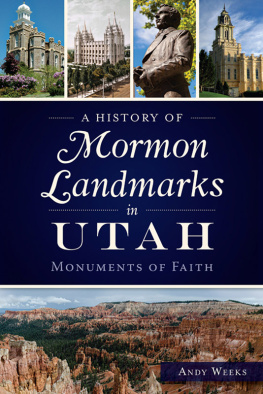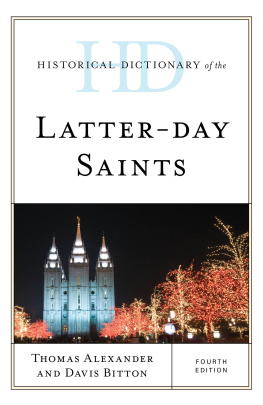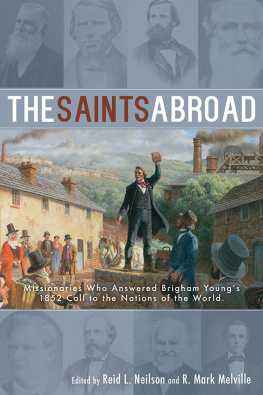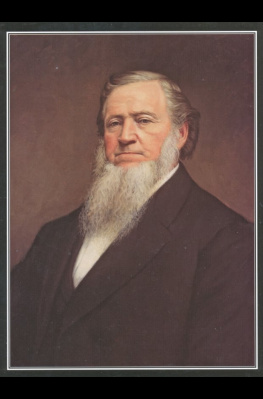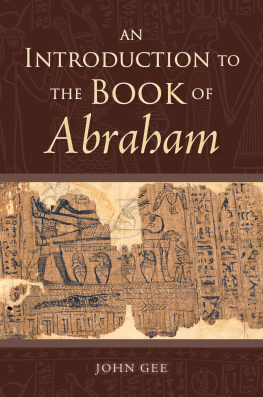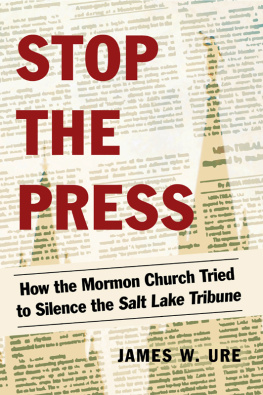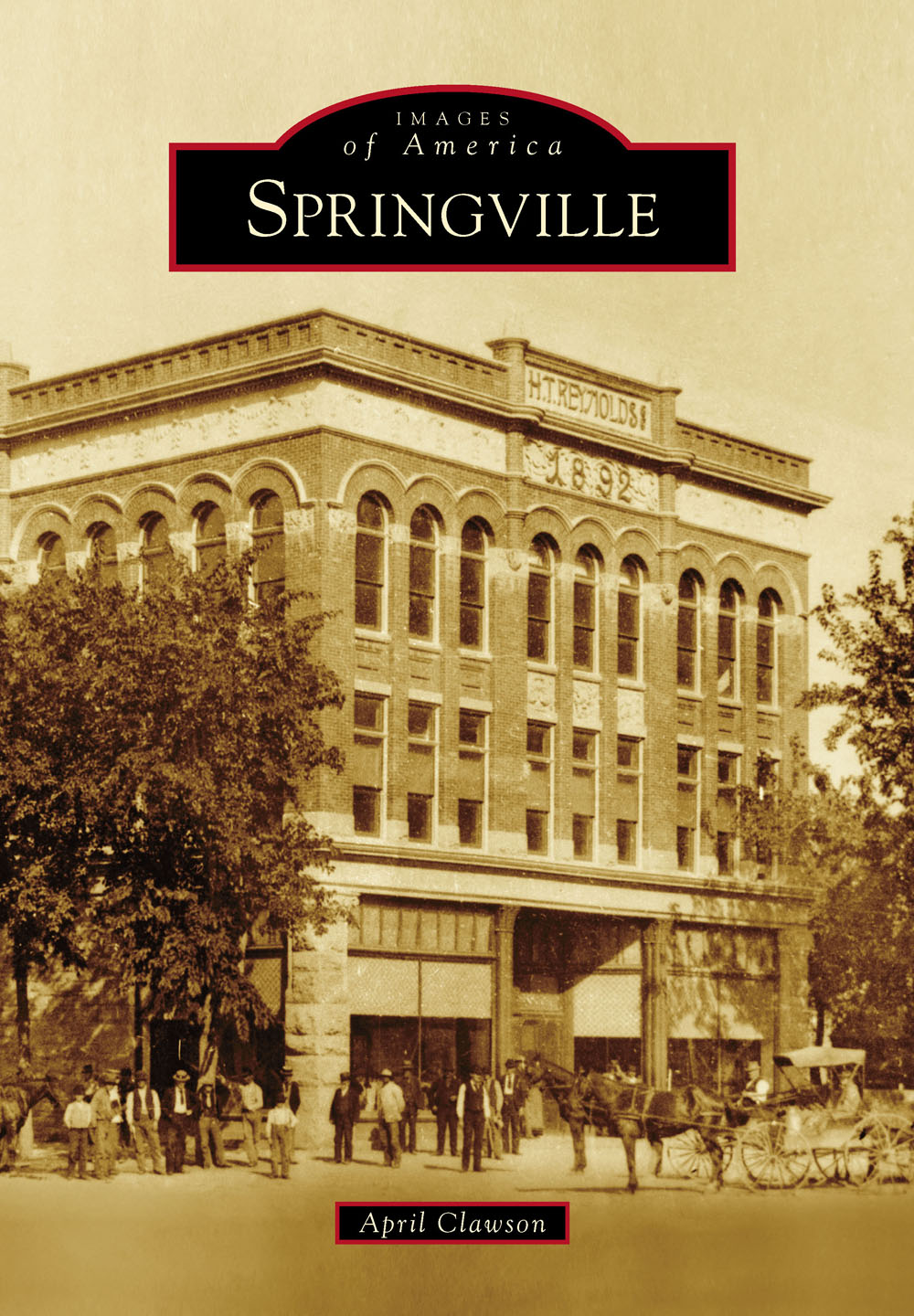
IMAGES
of America
SPRINGVILLE

CITY PICTURE. Springville, Utah, is pictured in this c. 1950 aerial view. Nestled by the Wasatch Range in Utah Valley, Springville enjoys beautiful mountain surroundings. Utah Lake and the sparkling waters of Hobble Creek are nearby. This city is an exceptional spot to raise families, gardens, grains, and livestock. (Courtesy of M. Lee Taylor.)
ON THE COVER: H.T. REYNOLDS & CO. H.T. Reynolds & Co. built its second building at Second South and Main Streets in 1892. The third floor had a dance and entertainment center, the second floor was furniture and storage, and the main floor housed the general store. This brick and stone building was lauded as the largest department store in Utah County when it was completed. Historically, the company provided a coal and lumber yard, sheds for horses, and areas for delivery wagons in the back section of the property. Today, the building has been restored and is owned by Trivani International. (George Edward Anderson photograph, courtesy of the Springville Historical Society.)
IMAGES
of America
SPRINGVILLE
April Clawson

Copyright 2017 by April Clawson
ISBN 978-1-4671-2489-8
Ebook ISBN 9781439663233
Published by Arcadia Publishing
Charleston, South Carolina
Library of Congress Control Number: 2017935219
For all general information, please contact Arcadia Publishing:
Telephone 843-853-2070
Fax 843-853-0044
E-mail
For customer service and orders:
Toll-Free 1-888-313-2665
Visit us on the Internet at www.arcadiapublishing.com
To the residents of Springvillemay pioneerism flourish.
CONTENTS
ACKNOWLEDGMENTS
This book is a continuation of the previous Mapleton book. These two sister cities were founded within days of each other. In Mapleton, animals could graze and grains could be harvested. Springville had the most water resources and desirable land for homes and buildings. Each community deserves to have a separate history written about the incredible people who came, stayed, and planted the ground, making the cities what they are today.
The Daughters of Utah Pioneers Springville-Mapleton Camp (the DUP), has been a valuable resource for information and direction. Heartfelt thanks especially go to the Springville Historical Society committee members for the many hours of research they provided, and to the dedicated volunteers who answered my endless questions. The preservation of the citys many artifacts is due largely to these two entities and those past and present who continue to preserve them. They have been amazing individuals to work with, and if I could, I would add their names as authors of this book.
Thanks also go to my family for once again putting up with me during the endless hours of research and computer work.
I want to also thank my communication professors at Southern Utah University who let me use this book project as my masters thesis.
Once again, I acknowledge Alyssa Jones at Arcadia Publishing; her tenacity at finding me has been a blessing in my life. I have enjoyed writing these two books in the Images of America series, and I hope you will find this book interesting and informative.
INTRODUCTION
On September 18, 1850, the first settlers arrived in Springville, led by Capt. Aaron Johnson. The residents were very happy to have a place to live. During the past five years, these pioneers had endured many trials, hardships, and religious persecutions. This new land provided a place for establishing homes and farms and a way for them to live their religious beliefs without fear of violent opposition.
Hobble Creek was the first name the area was given in 1849. Oliver Boardman Huntington and Barney Ward were passing through and trading with the Utes. The men decided to put hobbles on their mares to keep their herd contained. The hobbles fell off, and the bell-horse waded into a nearby creek; Oliver followed their trail and eventually found all the horses. The creek and canyon still retain that name, but in 1853, when the citys charter was approved, the area was renamed Springville.
Early settlers hurried to build a fort to be ready for the winter months. Timber was cut down and hauled in, and desirable land was located for crops and grazing. They also needed protection and safety from the Utes, for a few of the previous encounters between the American Indians and the white settlers had not been peaceful.
After a couple of years, homes were built and a downtown area emerged, with a well dug and water shares appropriated among the residents. Soon after, a tax was issued to pay for and build the needed roads. In 1853, an election took place, and the first mayor, Gideon D. Wood, was sworn in. The settlers also built a meetinghouse that served the town in many capacities.
This book opens by highlighting Springvilles past. There are still numerous residents who are descendants of the original settlers. Many individuals worked together to build this special place along the Wasatch Mountains.
Chapter two mentions the art museum and the local artistic culture. The city is a gathering place and destination for those who cultivate the arts. Historical points dotting the area make the city an interesting and fun place to tour.
Chapter three presents Springvilles many cultural treasures. The weeklong events Art City Days and World Folkfest attract many visitors during the summer. The city has recently been named one of the best places to live in the state of Utah by the Daily Herald Readers Choice Awards.
Most of these amazing preserved photographs are credited to the local artist George Edward Anderson (GEA). His wonderfully historic pictures are truly amazing to behold. Springville is an outstanding place. People stay due to its manageable growth, strong tax base, and the smart use of its land and resources. I hope you will enjoy this picturesque journey.
One
HOBBLE CREEK TO
SPRINGVILLE CITY

CAPT. AARON JOHNSON. Aaron Johnson was born in Haddam, Connecticut, on June 2, 1806. He was one of 13 children, and started working at the age of six around the farm. By the time he was 12, he was working like a man. In 1836, he and his wife were baptized into the Church of Jesus Christ of Latter-day Saints. Aaron arrived in Salt Lake City in the fall of 1850 and, under the direction of Brigham Young, was asked to start a colony in Springville, known then as Hobble Creek. Johnson is known as the founder of Springville and the towns first LDS bishop, and also became the first judge in Utah County. In 1857, he was elected brigadier general of the Peteetneet Military District. He served in many capacities and did all in his power to spread knowledge and useful information among the townspeople. The title captain was bestowed on him for leading a wagon train across the plains. He is pictured in his Nauvoo Legion brigadier general uniform. (Courtesy of the Springville Historical Society.)
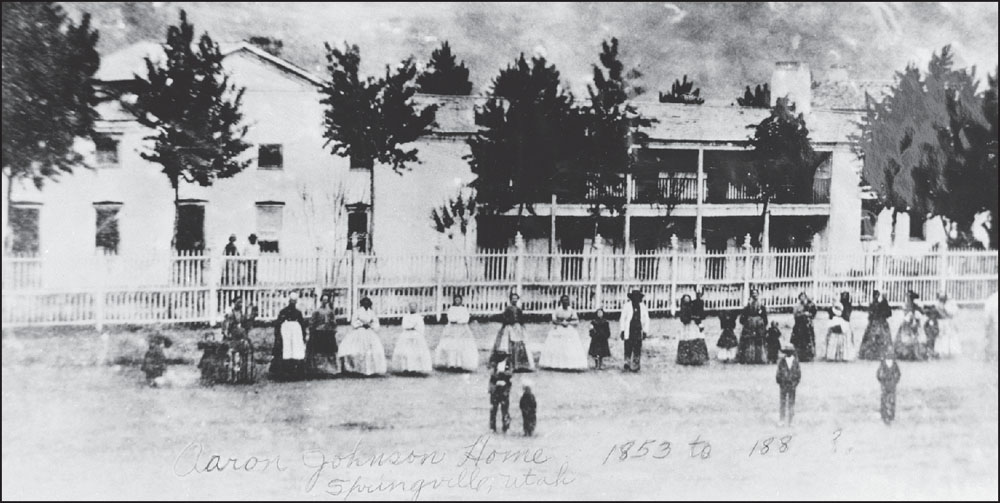
AARON JOHNSONS FAMILY. Aaron Johnsons home was built on First North and Main Streets around 1852. It was a large adobe dwelling, two stories high, and at first had 12 rooms. Later it was remodeled to 27 rooms, and the home was now a block long. This dwelling was used as a school, for public gatherings, and as a meetinghouse, jail, post office, and dance hall. The people standing in front of the home are his 10 wives and children. He had lost two wives on the plains. (Courtesy of the Springville Historical Society.)
Next page

